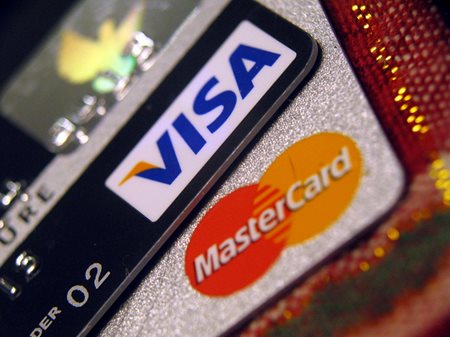Balance transfer credit cards are potentially very useful financial tools and, if used correctly, can provide consumers with significant financial relief. That’s the good news. It’s important to remember, however, that if you’re not very careful, balance transfer cards can dig you a much deeper financial hole than you ever thought possible.
Above all else, the most important thing to remember is that a balance transfer card provides temporary interest rate relief … with an emphasis on temporary. Balance transfers allow consumers to move outstanding card balances away from high-interest accounts to low- or even no interest cards.
Balance transfer cards can save consumers hundreds and, in some cases, even thousands of dollars in finance charges, depending on the size of the balance being transferred. But while it can be a great tool to use, it's essential to employ a very conservative, safe strategy that avoids all of the traps and potentially very expensive pitfalls.
What Not to Do With Balance Transfers
One critical thing to be aware of is that overusing balance transfer cards with “serial” transfer behavior can severely damage your credit score, even if the amount of debt you've compiled isn't actually increasing.

Lenders and financial institutions consider it a red flag when a consumer continually transfer’s balances and simply bounces debt from one card to the next over and over again. It signals a lack of initiative to actually reduce the debt load, and eventually, you’ll be denied approval, which may leave you stuck with a higher interest rate than you were initially paying when the low- or no-interest grace period expires.
Also Read: Boost Your Credit Rating
With that in mind, here are things you should avoid when using balance transfer credit cards:
- Extending the time it takes to pay down your card balance indefinitely
- Using the card for ongoing purchases
- Opening multiple balance transfer accounts
Balance transfers are intended to provide temporary relief so you can extend the period to pay down your outstanding balance without incurring exorbitant finance charges. If nothing else, get that balance paid down within the allotted zero interest-financing period.
Additionally, introductory interest rates on balance transfers are only applicable to the transferred balance amount, while any new purchases accrue interest at a much higher interest rate. So, users should quarantine the card and avoid any additional purchases on the card until that balance is paid down in its entirety.
Lastly, opening multiple balance transfer accounts can severely impact your credit rating and impede your ability to secure financing for a major purchase, such as a home or a car. So, only use one balance transfer at a time.
Additional Tips and Advice
Now that you know how not to use balance transfer credit cards, here are some additional recommendations that will help to protect your credit rating and reduce your debt load even further:
- Carefully review the terms and conditions associated with your new card (or any new card for that matter).
- Ask for a reduction in the balance transfer fees that might be associated with the card. Card issuers are notorious for surprising consumers with charges that are buried in the fine print.
- Transfer the greatest possible balance amount from your high-interest card to your new card.
- Pay down the balance as aggressively as possible and well within the introductory time frame.
- Make sure you have at least one additional credit card that you can use to make additional or emergency purchases with.
Also Read: Protect Yourself Against a Credit Card Data Breach
By employing safe, proven conservative strategies when using balance transfer credit cards, you can save a ton of money while rapidly working your way out of debt. As long as you stick to the game plan and follow a few of these simple rules, you’ll be debt free in no time.
Image Source - https://www.flickr.com/photos/armydre2008/